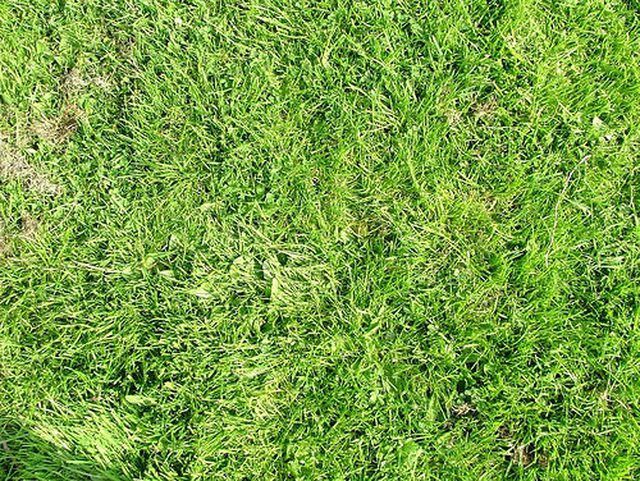Bulbs
Flower Basics
Flower Beds & Specialty Gardens
Flower Garden
Garden Furniture
Garden Gnomes
Garden Seeds
Garden Sheds
Garden Statues
Garden Tools & Supplies
Gardening Basics
Green & Organic
Groundcovers & Vines
Growing Annuals
Growing Basil
Growing Beans
Growing Berries
Growing Blueberries
Growing Cactus
Growing Corn
Growing Cotton
Growing Edibles
Growing Flowers
Growing Garlic
Growing Grapes
Growing Grass
Growing Herbs
Growing Jasmine
Growing Mint
Growing Mushrooms
Orchids
Growing Peanuts
Growing Perennials
Growing Plants
Growing Rosemary
Growing Roses
Growing Strawberries
Growing Sunflowers
Growing Thyme
Growing Tomatoes
Growing Tulips
Growing Vegetables
Herb Basics
Herb Garden
Indoor Growing
Landscaping Basics
Landscaping Patios
Landscaping Plants
Landscaping Shrubs
Landscaping Trees
Landscaping Walks & Pathways
Lawn Basics
Lawn Maintenance
Lawn Mowers
Lawn Ornaments
Lawn Planting
Lawn Tools
Outdoor Growing
Overall Landscape Planning
Pests, Weeds & Problems
Plant Basics
Rock Garden
Rose Garden
Shrubs
Soil
Specialty Gardens
Trees
Vegetable Garden
Yard Maintenance
How Long Before Fertilizer Burns Grass?
How Long Before Fertilizer Burns Grass?. The short answer to that question is . . . let us hope it never happens. A lawn that suffers from fertilizer burn needs tender loving care to regain its health. By following the manufacturer's instructions regarding when to fertilize and how much to apply, you are on the way to lush green turf.

The short answer to that question is . . . let us hope it never happens. A lawn that suffers from fertilizer burn needs tender loving care to regain its health. By following the manufacturer's instructions regarding when to fertilize and how much to apply, you are on the way to lush green turf.
What is Fertilizer?
Lawns need three main nutrients: nitrogen, phosphorus and potassium. Nitrogen makes your grass a darker shade of green, phosphorus provides nutrients for the roots, and potassium helps the overall health of your lawn. Fertilizers usually contain a mix of slow- and fast-release nitrogen to keep your lawn green.
Fertilizer Burn
A manufacturer may recommend fertilizing your lawn in spring and fall. Some lawn enthusiasts subscribe to the "more is better" approach and fertilize in summer and winter as well, which can result in fertilizer burn. Salt buildup from the chemicals in the fertilizer inhibits the grass from absorbing water. This causes dehydration and eventually the grass dies.
Symptoms
If your grass has turned yellow, brown or white a couple of days after applying fertilizer, you have applied too much and must now remedy the burn before you have no lawn left. Use a walk-behind spreader to ensure even distribution of solid fertilizer. If you opt for liquid fertilizer, attach the bottle to a hose and moderate the flow so it is even and concise.
Treatment
If the fertilizer application was an accident--say the bag split open in one grassy area--you can try to vacuum as much excess as possible. If you applied too much overall, use a mower with a bag attachment and cut the grass short to try to "catch" the extra fertilizer. Water the lawn after both approaches until the ground is soaked. Once it is dry, employ the remedy again. The goal is to dilute the chemicals so they do not damage the grass. If you catch the over-fertilization in time, the damage will be minimal.
Questions
Do not skimp on quality. The best mix for your grass will depend on the overall health of your lawn. Ask for assistance at your local home improvement store. You may only need to apply nitrogen instead of a complete mix.